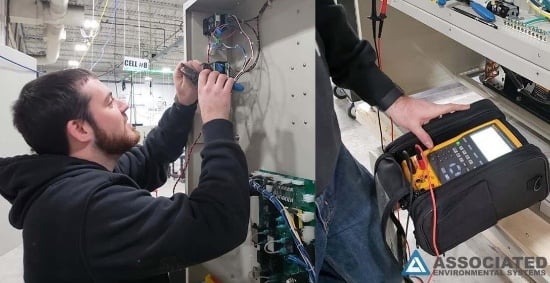Eliminate Risk with Proper Calibration
 We will explain exactly what calibration is, how it mitigates risk, and the different calibration deliverables. A proper calibration strategy is critical to reducing your testing costs.
We will explain exactly what calibration is, how it mitigates risk, and the different calibration deliverables. A proper calibration strategy is critical to reducing your testing costs.
Many quality standards require calibration. This is to reduce measurement risk. But how does calibration reduce measurement risk? How do you know if your calibration provider has been successful at reducing measurement risk? We will explore what is measurement risk and the key drivers of measurement risk.


